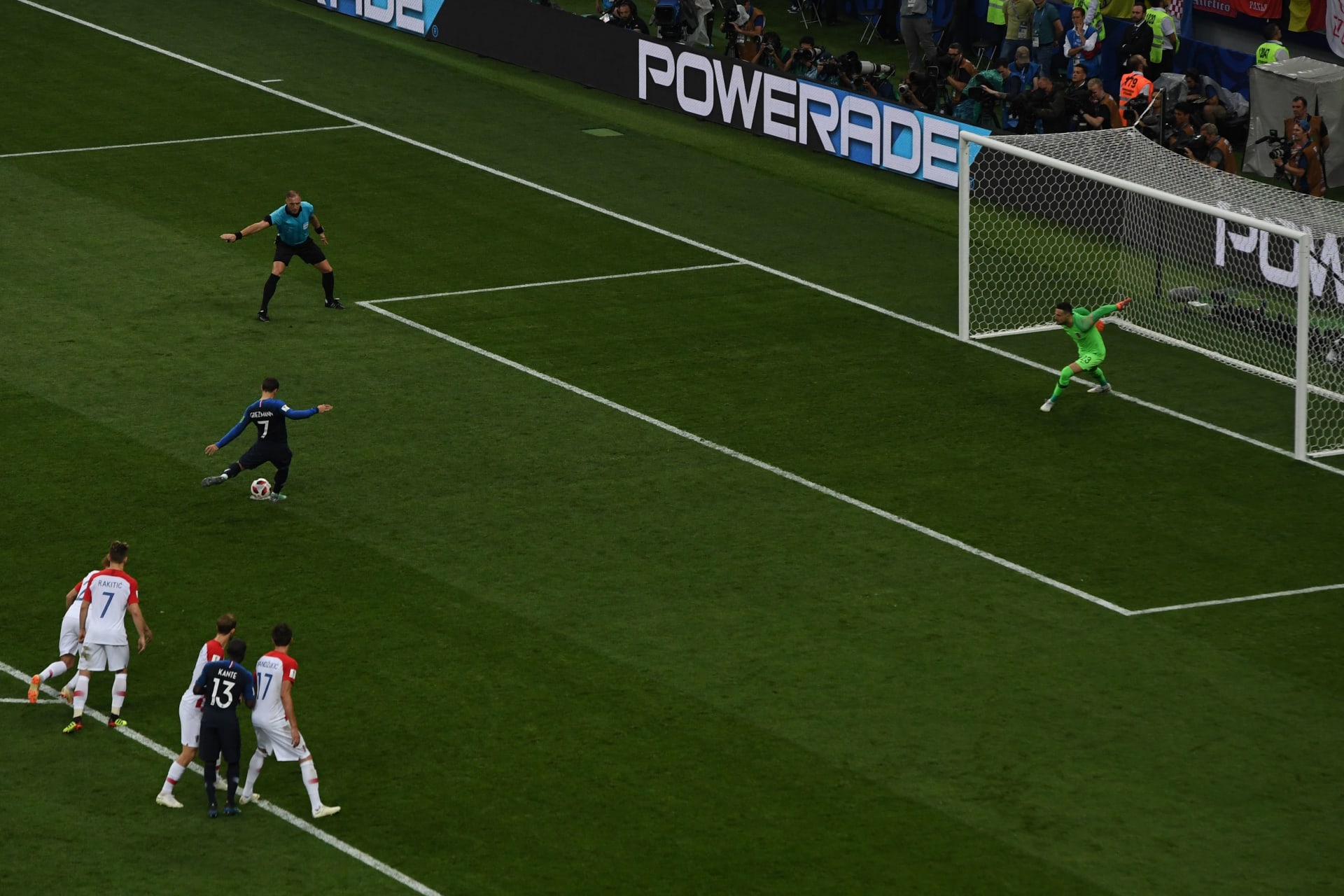دبي، الإمارات العربية المتحدة (CNN)-- في ستينات القرن الماضي كانت مباريات كرة القدم التي تنتهي بنتيجة التعادل في الوقت الأصلي والإضافي، تحسم من خلال اللجوء للعب مباراة أخرى، أو إجراء قرعة واستخدام عملة معدنية لمعرفة الفائز.
واستمرت هذه الطريقة إلى ما قبل عام 1970، وتم اعتمادها في مواجهة ليفربول الإنجليزي وكولن الألماني في الدور ربع النهائي في كأس أوروبا للأندية 1965، إذ انتهت مباراتي الذهاب والإياب بينهما بالتعادل السلبي، والمباراة الثالثة الفاصلة بنتيجة التعادل الإيجابي 2/2.
وكانت المواجهة تلعب في الشتاء وسط أمطار غزيرة، فقام الحكم حينها باستخدام العملة المعدنية لتحديد الفائز، فسقطت على أرضية الملعب بشكل مستقيم، مما أدى لإجراء قرعة أخرى كانت من صالح "الريدز".
وأثارت هذه الطريقة جدلا آنذاك، إذ اعتبرها البعض أنها أشبه بـ"اليانصيب"، وتدعو لإجراء التغيير.
وهذا ما دفع كارل فالد، الحكم الألماني السابق، إلى ابتكار فكرة جديدة لحسم الفائز في المباريات بطريقة مُنصفة أكثر، ليخرج بفكرة ركلات الترجيح بعد انتهاء المباراة بنتيجة التعادل، عقب نهاية الوقت الأصلي والإضافي.
ولاقت فكرة كارل فالد اعتراضا في بداياتها، إذ تم رفضها عام 1970 من الاتحاد البافاري لكرة القدم، ولم يوافق الاتحاد عليها إلا بعد موافقة معظم مندوبي الاتحادات المتفرعة منه، ثم وافق الاتحاد الألماني عليها، ليسير على نهجه الاتحاد الأوروبي "يويفا"، قبل أن يتم اعتمادها دوليا من "الفيفا".
وتم تطبيق قانون ركلات الترجيح في عام 1976، وكانت بطولة كأس أمم أوروبا التي أقيمت في ذات العام، أولى البطولات الكبرى التي شهدت الاعتماد على هذا القانون.
اللجوء لركلات الترجيح للمرة الأولى في كأس العالم
كان مونديال إسبانيا عام 1982 هو المونديال الأول الذي شهد اللجوء لركلات الترجيح في المباريات الإقصائية.
ونجح منتخب ألمانيا في التأهل للمباراة النهائية بعد تغلبه على منتخب فرنسا بركلات الترجيح بنتيجة 4/5، عقب التعادل 3/3، في الدور نصف النهائي.
ركلات الترجيح تحسم 30 مباراة في كأس العالم
أعلنت ركلات الترجيح عن 30 فائزاً في 30 مباراة في المونديال، بدءا من مونديال إسبانيا 1982 وحتى مونديال روسيا 2018.
وحضرت ركلات الترجيح في المواجهة النهائية مرتان، إذ حسمت اللقب لصالح البرازيل على حساب إيطاليا في مونديال 1994، ولصالح إيطاليا على حساب فرنسا في مونديال 2006
ألمانيا والأرجنتين أكثر المستفيدين
يُعد منتخبا ألمانيا والأرجنتين أكثر المستفيدين من الركلات الترجيحية، طوال مشاركاتهما في كأس العالم.
فقد حسم "التانغو" 4 مباريات لصالحه من خلالها، وذلك في مرتين في مونديال 1990 ومرة في كل من 1998 و2014، فيما خسرت مرة واحدة في مونديال 2006
وتفوّقت ألمانيا في 4 مباريات بفضل ركلات الترجيح، ذلك في 4 نسخ من المونديال: 1982 و1986 و1990 و2006.
آخر مباراة في كأس العالم حسمتها ركلات الترجيح
حسمت ركلات الترجيح مباراة منتخب كرواتيا وصاحب الأرض والضيافة روسيا، إذ تفوق الأول من خلالها بنتيجة 3/4، بعد التعادل 2/2، في الدور ربع النهائي في مونديال 2018.

